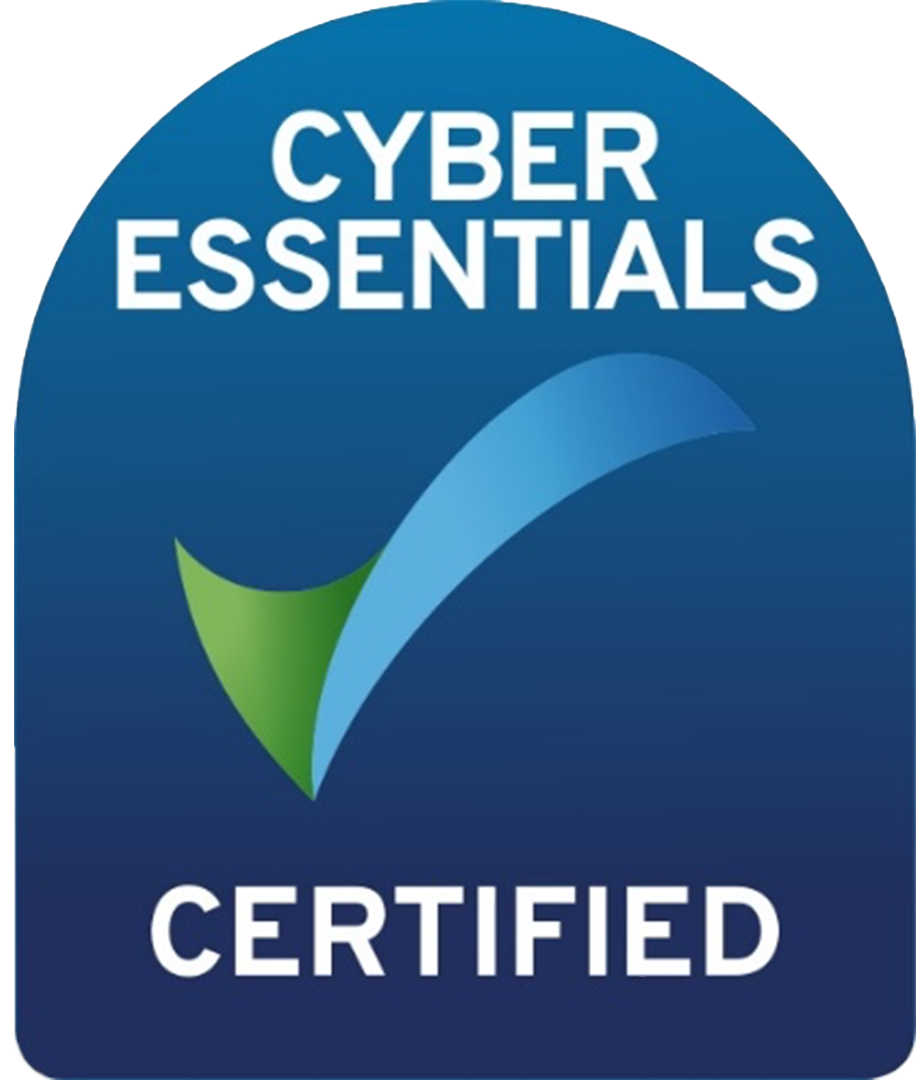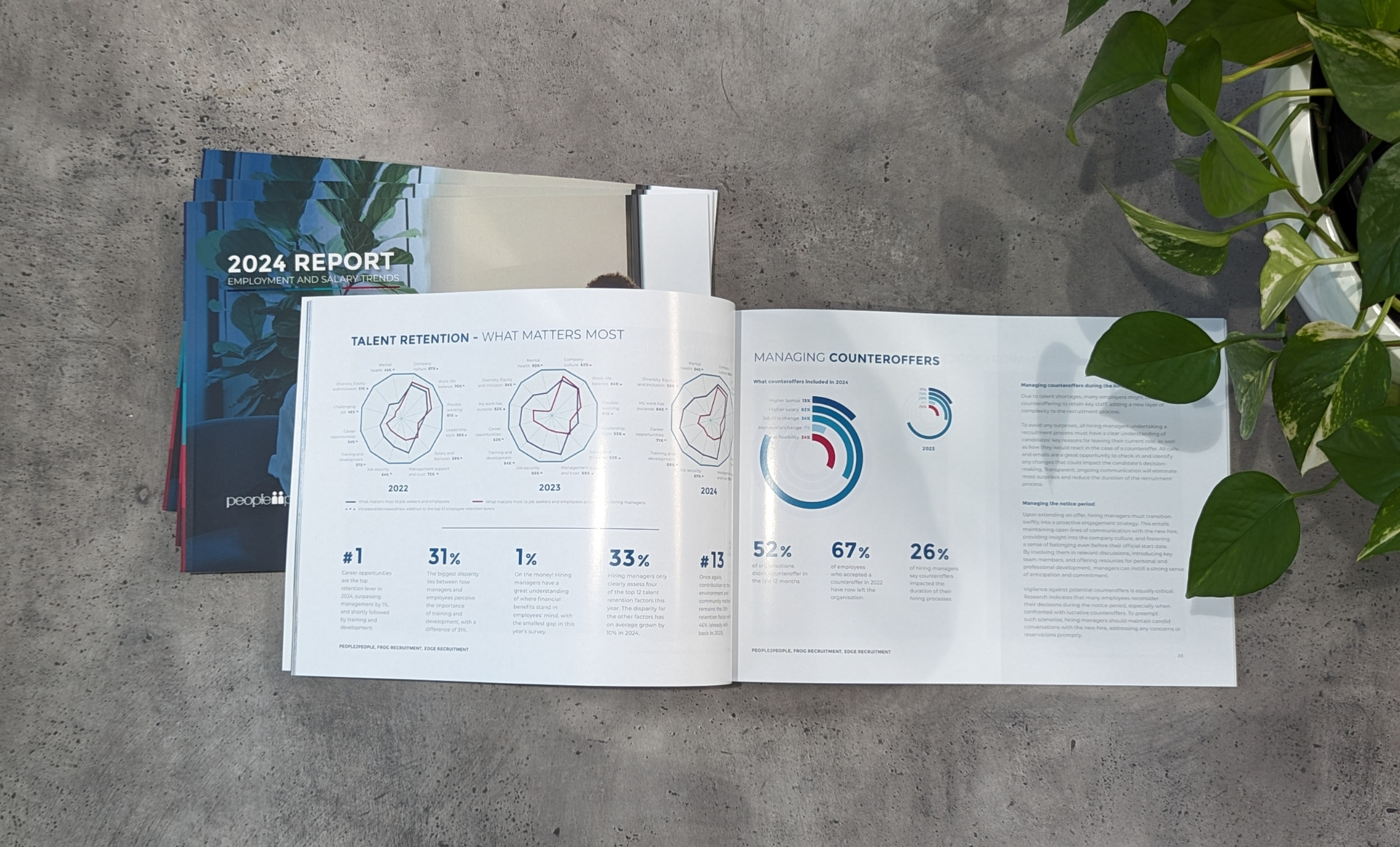The debate regarding the layout and what to include on your CV goes back generations. After a quick search online, there are countless suggestions and “winning tactics” of how to present your information. From my experience in recruitment and assessing resumes, daily I can confirm that there is no one winning way.
However, there are some guidelines to follow to maximise the information you present and the way you can grab the attention of any hiring manager looking over your CV. In my background recruiting for temporary positions, speed is the name of the game. We must review a high volume of resumes to a strict deadline, as we have a vacancy we need to fill, fast!
This means that having an available job seeker’s previous employment experience, hard skills and availability clearly displayed, prompts us to consider you, rather than working our way through a lengthy resume.
The first key thing to remember is that everything you include in your resume, must substantia ted and demonstrated through examples from your experience.
It is common practise to list several attributes, for employers to see. This includes great team player, adapts to systems quickly, friendly and approachable, ability to work under pressure, etc. All these points are excellent however, if you are unable to quickly and concisely back up these points with proven examples from your experience, they are mere fluff taking up space on your CV. This makes the juicy information (your hard skills and experience) harder to pinpoint and evaluate.
I have counselled numerous job seekers on restructuring this section. If they include a long list of 10 personal attributes, I recommend changing this to highlight 3 of their key attributes and to include a small description of how this can be demonstrated.
When formatting your CV, your contact details should be prominent and visible.
The aim of a resume is to compel the hiring manager to pick up the phone to continue the application process in more detail. There can be a short bio explaining your current situation, availability, and a small piece on what you are targeting. Again, this should be all supported by fact and real world examples, not fluff, immediately giving credibility to the rest of the document.
It is surprising how many people do not put their contact number on their CV. I have had several applications over the last few weeks that I was very interested in pursuing, however I was unable to make contact as they did not have their number listed.
The section that can sometimes be overlooked is your employment history.
This section is your greatest opportunity to sell yourself and what skills you can bring into your new position. It is ideal to create a timeline through your previous experience, including the start and finish dates of each position your reason for leaving. Hiring managers are looking to see if your experience aligns with the position they are looking to fill.
If there is ever a time to go overboard with detail in a resume, it is your duties and responsibilities in each role. Ideally listed in dot points, go into detail of what exact duties you performed on a daily basis. Pretend that who ever is reading the document has never heard of what a (insert job title here) and elaborate on the processes you were involved with, with whom you liaised, any documents you were working on and other useful and relevant information.
As a good practice, I would recommend listing at least ten different duties and responsibilities that you completed on a regular basis. However, more detail is recommended, as it will provide the whole picture of your experience. As hiring managers recruit for a particular position, they may have a particular duty in mind that they are specifically targeting, listing as many duties as possible gives you the best chance in aligning with their job brief.
These few key principles that you should keep in mind, best convey your experience and to sell yourself and your skills through your resume. Always keep in mind, it’s ‘fact not fluff’ to give yourself credibility. Maximise your experience in detail and remember to include your phone number! Making your skills visible is key!
Share this article
Useful links
Search for jobs today
Temp Jobs in United Kingdom
Perm Jobs in United Kingdom
Got a vacancy?
What's happening in the market?
Get your copy of the 2024 United Kingdom Employment and Salary Trends Report
How do I prepare for my job interview?
Get in touch
Find out more by contacting one of our specialisat recruitment consultants across Australia, New Zealand, and the United Kingdom.
Recent insights



UK's 2024 Employment and Salary Trends Report
Salary trends, talent attraction and retention strategies
Copyright © 2024, people2people
people2people partners with
CarbonInvoice to measure and mitigate any carbon emissions associated with the work we do.
Specialisations
Locations
Resources




